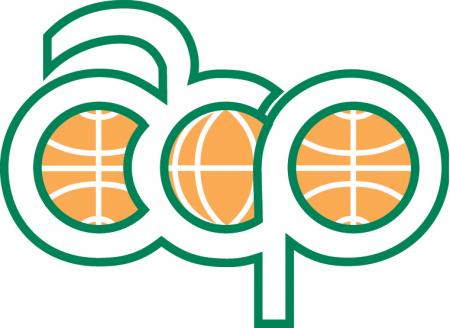A Policy Analysis of Biodiversity Offsetting: Benchmarking Against International Best Practice Principles
Given global threats to biodiversity, implementing effective biodiversity offset policies is increasingly recognised as being essential for delivering sustainable development. As research and practice on offsets has developed, so have international expectations of best practice principles, which set the benchmark for national systems in their efforts to protect biodiversity.






